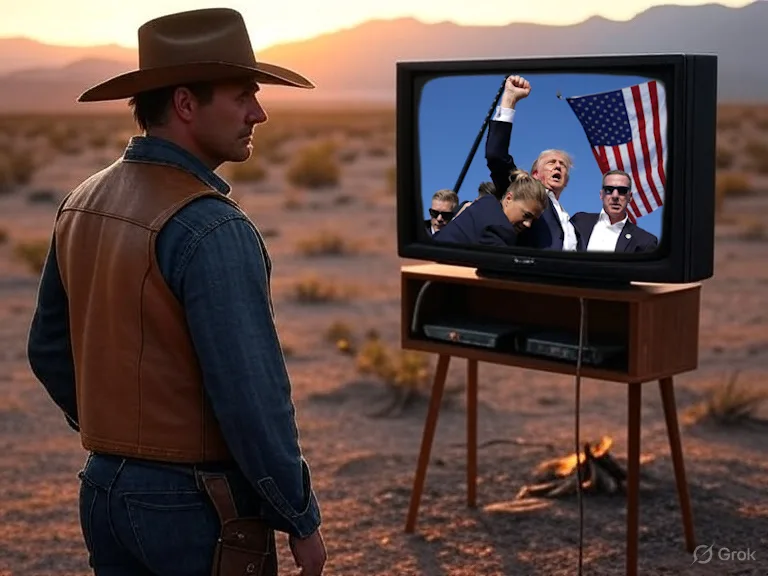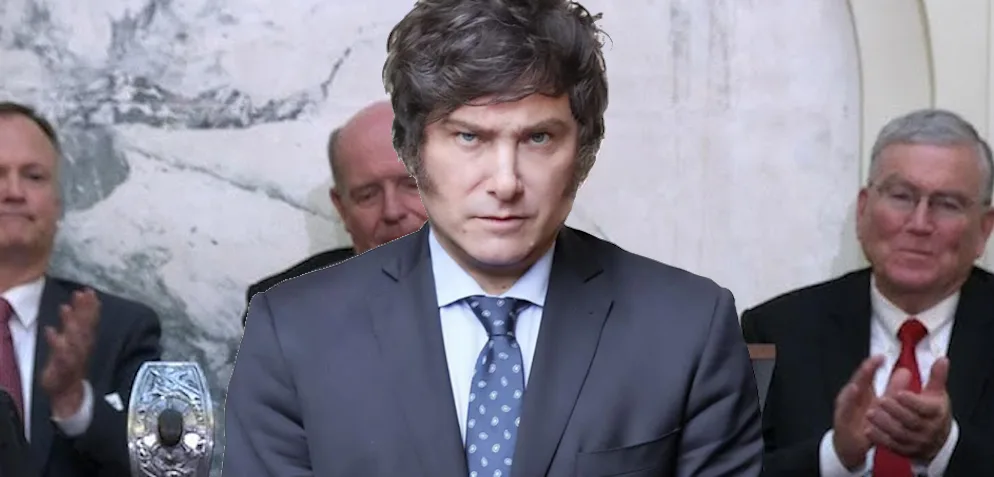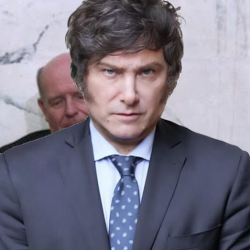Idaho’s constitution is a product of the Progressive Era, a time when reformers believed that the right policies, combined with the right technology, could address society’s deficiencies. Regarding education, progressive reformers observed too many uneducated and illiterate adults, leading them to establish a system of free and mandatory government-run schools.
Thus, the public school system was a 19th-century solution to a contemporary problem.
Education was primarily a private matter at the time of our country’s founding. Young people generally followed in their fathers’ footsteps — sons of farmers learned to farm, sons of lawyers studied law, and sons of merchants learned the trade. Private colleges and universities were available for those who could afford them.
The first compulsory public school system was established in Massachusetts in 1852, when the legislature passed a law requiring young children to attend grammar school. Parents who kept their children home risked losing custody. By 1918, every state in the union had enacted compulsory education laws.
In 1922, Oregon voters, supported by the Masons, the KKK, and the Democratic Party, approved an initiative to essentially ban private schools. The U.S. Supreme Court struck down the law as unconstitutional, stating, “the child is not the mere creature of the state.”
In the late 19th and early 20th centuries, Roman Catholics operated parochial schools throughout the United States. Since Protestant Christianity was the default worldview for most Americans, public schools reflected that perspective. As a result, Catholics (as well as Jews) sought the ability to educate their children according to their own beliefs.
As the number of government-funded schools increased in the late 1800s, Catholic schools attempted to access state funding. James Blaine, a powerful congressman from Maine, opposed funneling public money to parochial schools and attempted to pass a constitutional amendment to that effect. Although it failed, many states — including Idaho — adopted similar clauses in their own constitutions.
These “Blaine Amendments” were recently deemed unconstitutional by the Supreme Court, insofar as the government cannot restrict public funding to sectarian institutions if it provides that funding to any other institution. (See this article by former state senator Brandon Durst, and this one by Rep. Elaine Price.) Nevertheless, Idaho’s version remains in the state constitution until repealed by a vote of the people or directly challenged in court.
During the 1960s, many public schools shed their Protestant character and adopted a supposedly neutral worldview, which in reality was secular humanist, socialist, and rejected Christianity altogether. The Bible was out, Howard Zinn’s Marxist tome A People’s History of the United States was in. This shift has predictably led to the situation we see today, where a majority of students fall short of proficiency in reading and arithmetic, but are fully indoctrinated in the DEI and radical gender ideologies.
Costs for public schools continue to rise even as achievement remains flat. It currently costs an average of $9,000 to educate a single child in Idaho for one year, more or less. Special needs students tend to cost more, and amounts vary depending on the school district.
The first quarter of the 21st century has seen a revolution in education. Khan Academy brought high-level math instruction to your child’s screen, and today, there are nearly unlimited avenues for learning. The days when the most efficient system was to put 30 students of the same age in a classroom all day are gone.
This shift explains why alternative educational programs are growing and thriving. Homeschooling, which remained illegal in Idaho until the late 20th century, has exploded, while community pods, microschools, charter schools, classical private schools, and other options are thriving as well. Idaho also offers options such as the Empowering Parents Program, which provides grants to eligible families.
Yet, many parents are looking for more. Private schools require significant financial resources, while homeschooling demands at least one parent who can stay home and teach. Other options, such as charter schools or microschools, are not available in all areas and can involve extra paperwork when they are.
Universal school choice would allow parents to redirect a portion of the tax dollars that would have gone to a public school to an alternative of their choice. Various states have implemented different versions of this:
Two decades ago, President George W. Bush supported a voucher system, allowing families to enroll their children in private schools with state government support for a portion of the tuition. Democrats and public school defenders have found that the term “voucher” is alarming to voters, and so they use it to describe any school choice program.
In 2023, the Idaho Senate rejected a bill that would have implemented education savings accounts for families. These accounts differed from vouchers in that parents could access them to pay for expenses related to private schools, homeschooling, or other alternatives. Tax dollars could be used for textbooks, equipment, or even paying tutors to teach in community homeschool pods.
In 2024, the House Revenue & Taxation Committee rejected a tax credit for private schooling families. This would have allowed such families to claim a credit when filing a state income tax return, similar to the grocery tax credit.
With the recent defeat of several opponents of universal school choice in the primary, chances are good that we will see action in the Legislature next year. Even Gov. Brad Little and State Supt. Debbie Critchfield, who have both opposed plans to allow tax money to follow students in the past, have begun discussing how to approach the issue next year. While they will likely attempt to minimize any potential bill, the fact that they’re even talking about it shows how far the discourse has moved in the past two years.
The board is set; now we wait for the pieces to move. The teacher’s union and public school defenders view any school choice plan as a threat to tax money they believe is rightfully theirs, and they will fight any potential legislation tooth and nail. Many in the homeschool community worry that any such plan opens the door to government regulation, even if it is entirely opt-in for homeschooling families. Nevertheless, demand for some form of money following the student is growing stronger, both to provide families with new opportunities and to force public schools to improve through competition.
In the coming days and weeks, I will continue writing about this issue, highlighting various forms of school choice, what has been tried in other states, and where our Legislature might be headed. As with the grocery tax discussion, I invite your comments. If I receive enough responses, I will publish them as letters to the editor this Wednesday and will follow up with the ongoing discussion and debate in future articles as well.
Make sure you are subscribed to the Gem State Chronicle so you don’t miss out on the discourse!
About Brian Almon
Brian Almon is the Editor of the Gem State Chronicle. He also serves as Chairman of the District 14 Republican Party and is a trustee of the Eagle Public Library Board. He lives with his wife and five children in Eagle.












